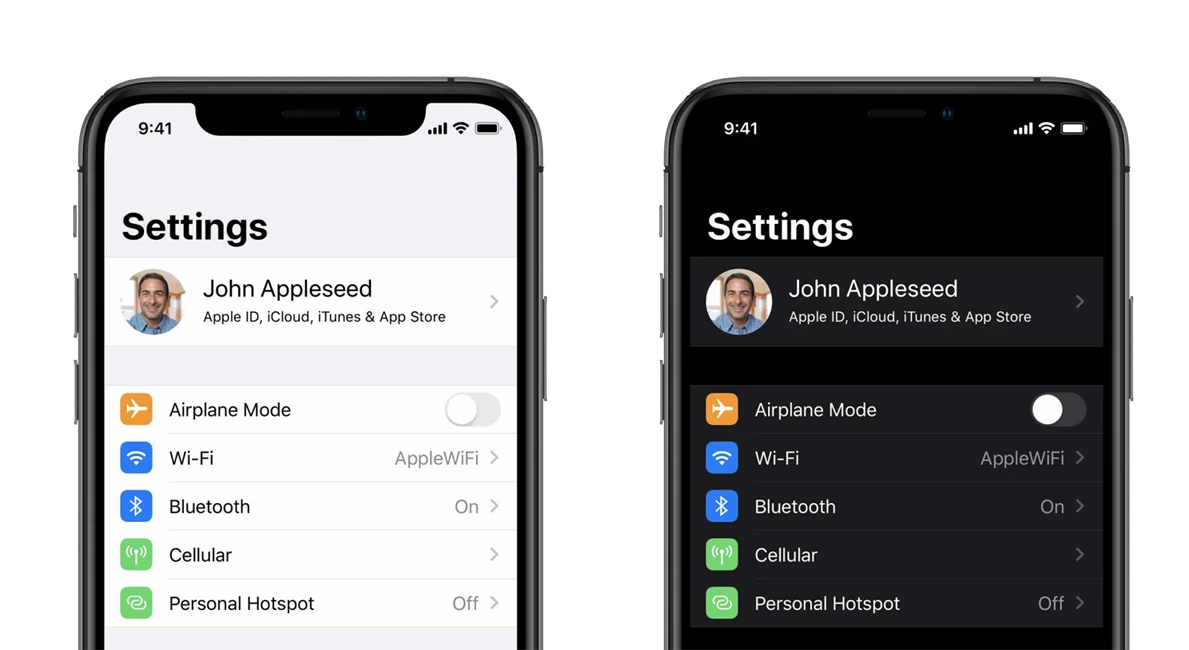2020 Predictions for Digital Commerce
2019 saw the retail sector continue to battle to keep ahead in an environment of rapid market, technological and consumer behaviour changes. Couple that with disrupted spending habits, both in terms of level of spend and the channels consumers prefer to buy through, as well as rising costs, the UK uncertainty surrounding Brexit, and increased international competition, it all added up to another challenging year for retailers.
While 2020 will undoubtedly bring a new set of macro-market challenges, that are outside any one organisations control, retailers can ensure they maintain or increase their competitive advantage by staying close to trends, pre-empting consumer preferences and implementing the right technologies to simplify the purchasing process and increase customer engagement.
In recent years, we have seen retailers implementing innovative technologies to enable them to better reach and engage with their customers, offering a simple and efficient purchasing experience in the process. For most, an omnichannel strategy is now commonplace, whether entirely digital (eCommerce, App Commerce, Social etc) or combined digital and physical stores. And one thing is certain – brands and retailers are constantly needing to assess their share of wallet with their customers and look to adjust and align their channels to maintain an effective market reach for both existing and target customers as these preferences evolve over time.
Innovation is also always at the heart of retail, where the consumer is driving change and embracing novelty, convenience and value. Investments in new initiatives such as voice and image search functions, same day delivery, virtual reality (VR), automated assistants, app commerce and social selling have all become realities in the modern shopping experience. These kinds of offerings enable a more tailored and curated experience for consumers as more and more is learned about what the modern consumer is looking for from a specific brand. Innovation for engagement will continue to drive retailers’ priorities in 2020.
With this in mind, we asked our team about the key trends they see impacting eCommerce agendas in 2020:
1. Contextual Commerce
Neil Agapis, VP Data & Customer Insight

Contextual commerce is the notion of retailers taking on the relevant concepts that enable consumers to purchase wherever, whenever and however they want.
This includes simplifying the way in which products are found, using the likes of voice and image search, natural language processing and social selling, as well as tools to ensure the right product has been found, such as improved content options, VR contextualisation and size/fit where appropriate.
Contextual commerce essentially refers to commerce cues that appear seamlessly in everyday activities and places, allowing consumers to purchase something quickly and easily, whether that’s buying a product while walking by a store window or the second a friend shares it on a social channel. It also includes pop up stores, as we’ve seen through the likes of Amazon’s ‘Clicks and Mortar’ pop-ups last year.
When it comes to the use of a mobile phone in particular, we will see greater adopting of rich content or location based capability such as native Apps and PWA both to interplay seamlessly across channels as well as to drive differentiated capabilities for known customers vs new customers.
These tactics and varying channels are all about ensuring the shopping experience remains aligned with consumer habits and keeping pace with how they use and interact with various technologies in their everyday life, whilst building loyalty over the longer term.
2. Sustainable at the Core
Merlyn Meredith, Design Executive Officer

Nobody can avoid the sheer weight of pressure when it comes to driving a greener, sustainable footprint as an industry. Science and popular culture have firmly aligned, and that has become a powerful force for good, albeit it requires some radical rethinking and cost of change to act responsibly in the 21st Century. Whether looking at the issue through the lens of the recyclability of packaging materials, shipping distances, sustainable materials in products, energy efficiency or operational ethics, the agenda has changed and digital commerce provides the means to effectively showcase and explain the brand/retailers mission and mandate for a greener world.
There is now pressure being applied to both retailers and consumers to make more eco-friendly choices. According to data from an upcoming Customer Insight Report from Tryzens, in the UK, 83% of consumers expect brands they shop with to have sustainable practices and 87% expect sustainable packaging. With this in mind, sustainability efforts will become a core USP, feeding in all elements from production and supply chain to packaging and returns. However, it’s not enough just to talk the talk and forgive wastage through purchasing carbon credits; consumers want sustained change for good. We also expect to see Blockchain entering the sustainability arena with brands like Sheep inc already using this technology combined with NFC to allow consumers to track their sheep.
In addition, we see the rise of “dark mode” which boasts the benefit of using less energy on devices as well as causing less strain on the user’s eyes. Adoption of this style is on the rise and we would advise retailers to start assessing their collateral and online presence for dark mode suitability.

3. Componentised Commerce
Andy Burton, CEO
Traditional eCommerce infrastructures are often built around an ‘enterprise software’ all-inclusive platform and, therefore, material change often requires retailers to deploy an entirely new application and /or IT capability which is resource hungry, lengthy and, unsurprisingly, costly.
With increasing digital channels and complex back end operations, the trend in technical thinking now leans toward leveraging best of breed capabilities, components and services. These enable more tactical and swift changes around core priorities and linking multiple customer facing experiences to a common commerce engine, for example.
This approach is often colloquially called ‘headless commerce’, or, as we prefer to call it, ‘API-enabled’ commerce, where the focus is on a technical architecture driving reusability of common capabilities, time to market benefits for changes, transactional scalability, efficient launch of new channels etc.
This enables retailers to integrate a wide variety of social, visual and in-store digital touchpoints from the customer-facing front-end to a back-end eCommerce platform, which can be efficiently updated and changed at any point. Over time, this means that retailers can be much more agile to adapt to changing consumer trends and behaviours and can quickly implement contextual commerce add-ons. Whilst this approach has typically leant itself to large scale retailers to date, the good news now is that the leading vendors in the eCommerce market are making strong in-roads, through their roadmaps, to enable this next generation of capability for retailers of all sizes.
4. The Advance of Payment Preference
David Sanchez, Optimisation Specialist

Consumer loyalty is not just limited to retail brands, it is increasingly being seen in the changes in behaviour around payment methods. The shift from the large corporate high street banks and credit cards is seen most clearly in the younger generations today where alternative banking and financial services like Monzo, Klarna and Zip are building their own loyal following across a range of payment services. Specialists like Laybuy and Lattitude offer help-to-buy payment deferral services and the range of payment service providers for retail services are increasing with major businesses like Stripe and ACI joining the fray that was once dominated by Worldpay and Ingenico. Regional variations like Alipay and Wechat pay, and tech-based services like Apple Pay and Google Pay add to the mix of options competing for a literal share of the consumer wallet.
To help maximise customer engagement and sales success, retailers need to align with more innovative payment methods that resonate with their customers to help streamline the purchase process, as pre-registration with a payment service simplifies the data capture and authorisation process, reducing time and increasing convenience.
The ‘Buy Now, Pay Later’ (BNPL) payment options offered by firms like Klarna and Laybuy increase consumer choice, within the realm of responsible lending, and are coming to the fore in Europe, having already been well established in Australia and New Zealand for many years. The Tryzens Customer Insight Report found BNPL to already be the fourth most preferred payment method, after PayPal, then debit card and credit card.
This ability, to offer consumers the opportunity to purchase a product and then pay for it in regular, often interest-free instalments, over a number of weeks or months, enables retailers to engage with consumers who may choose not to have access to a credit card or wish to operate on a budgeted basis. The benefit is obvious as the retailer is still paid for products in full at the point of order, meaning faster, and often higher basket values.
However, alongside the rise in the use of these services, comes an ethical responsibility for retailers to ensure consumers are aware of how these services work and ensure they access them responsibly so that they can protect their financial position as a consumer.
The overarching theme running throughout all of these trends is keeping the customer at the heart of everything a retailer does; from recognising how they want to shop, to manging them across multiple channels, to demonstrating a commitment to sustainability, and to enable them to purchase through their trusted payment services. Those retailers recognising this and implementing the right technologies to enable these experiences will be the ones we see come out on top in 2020.
Share on social